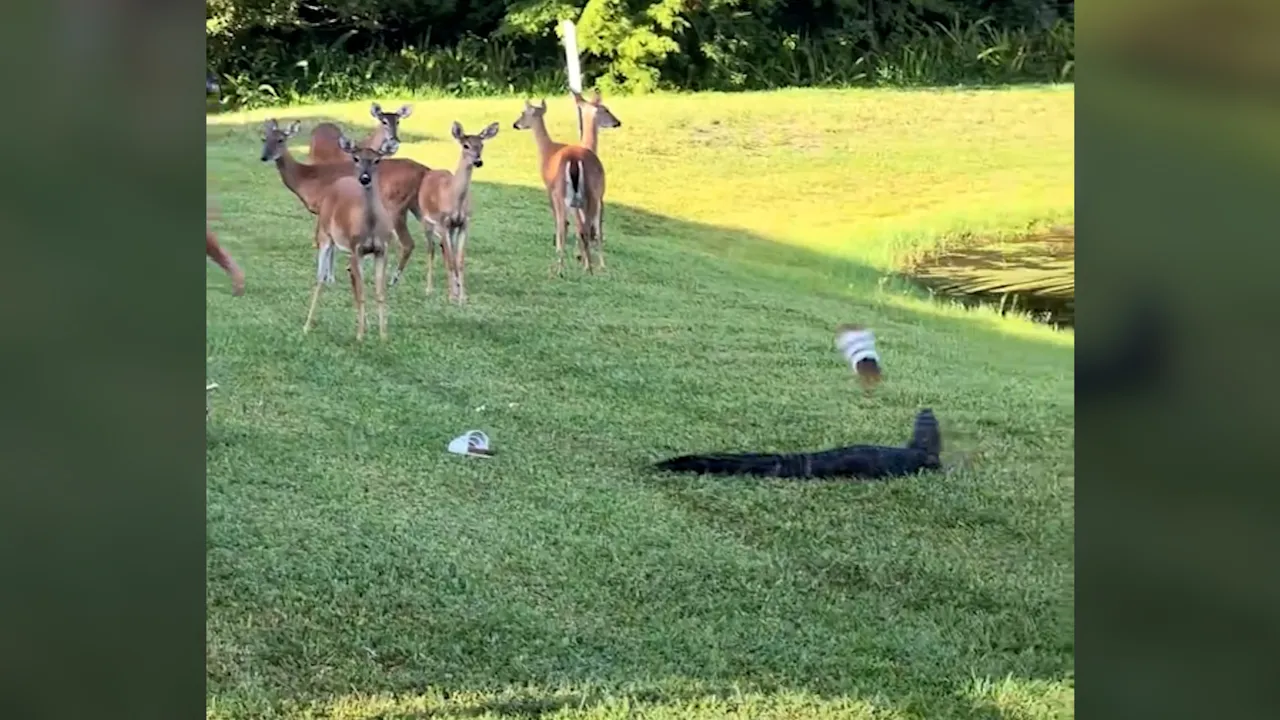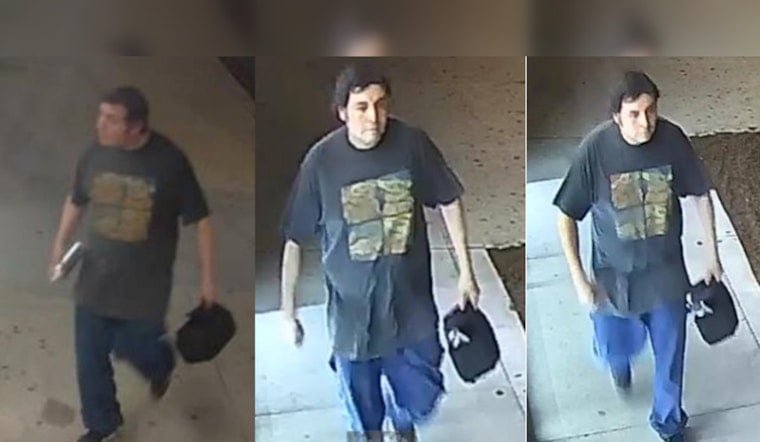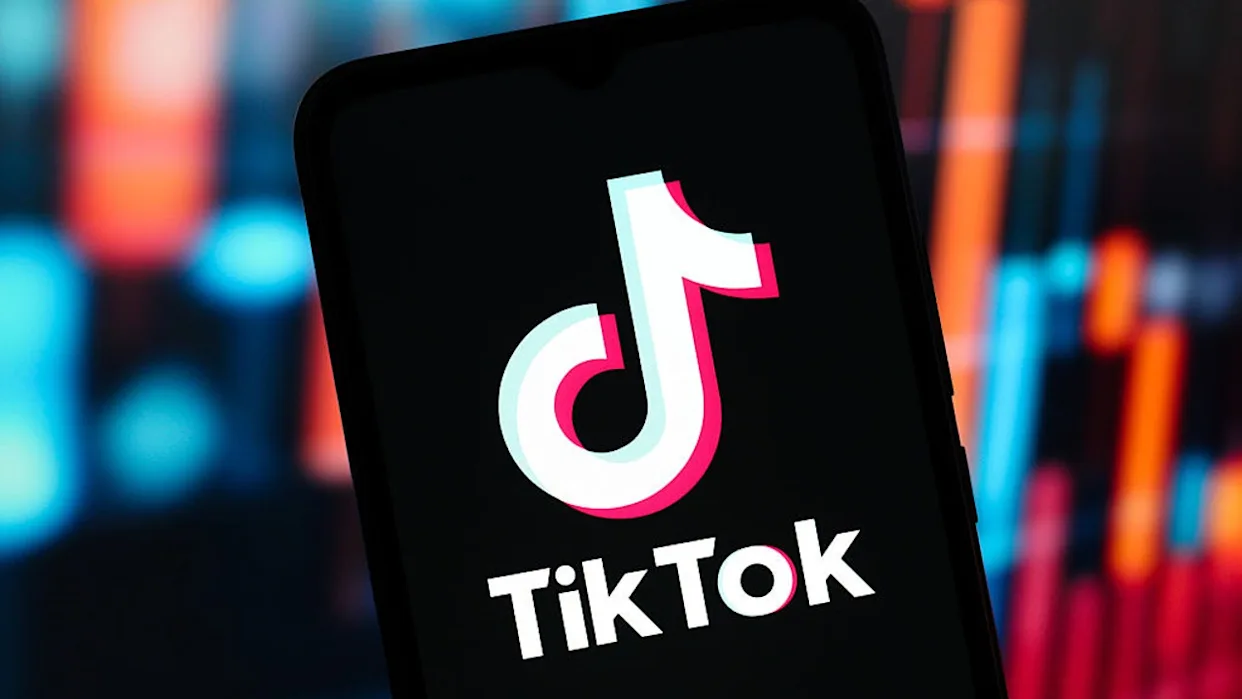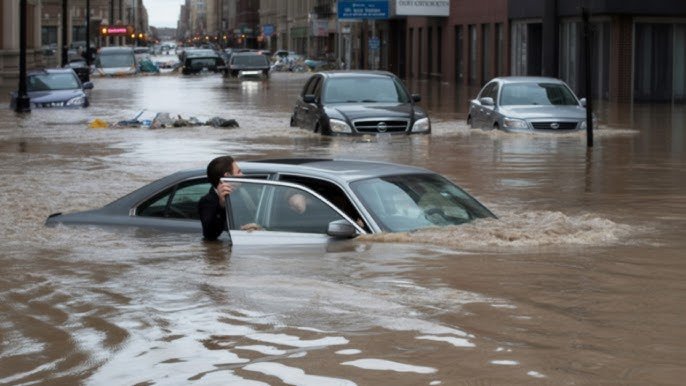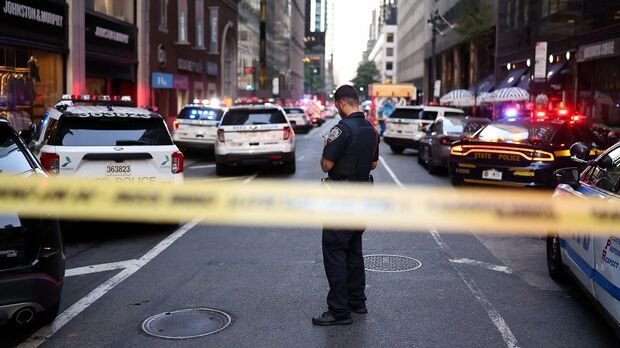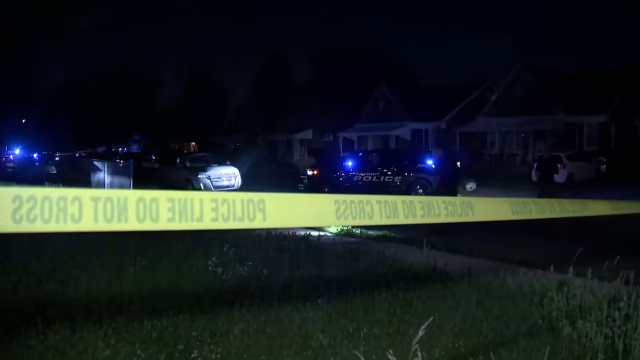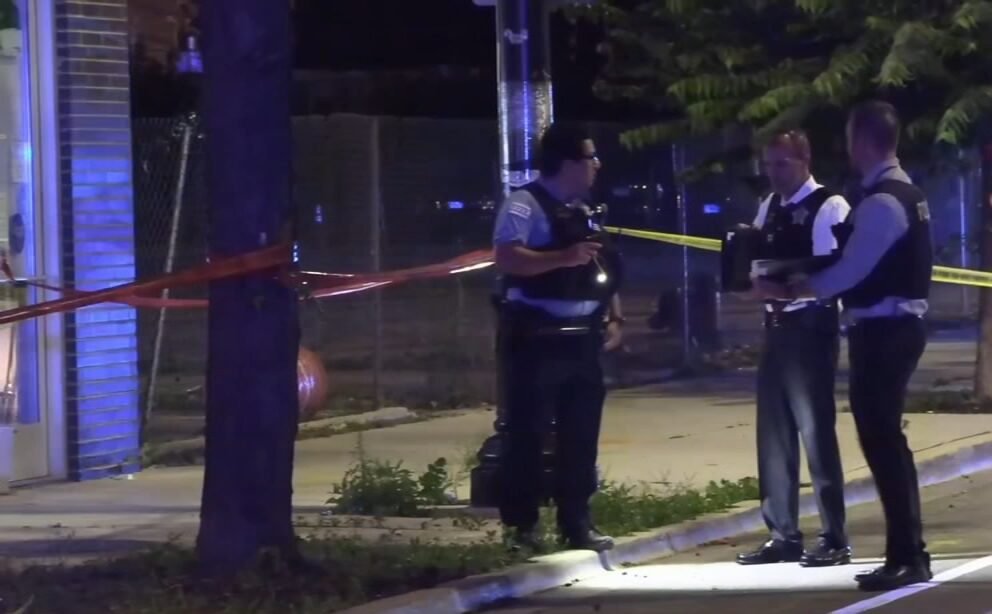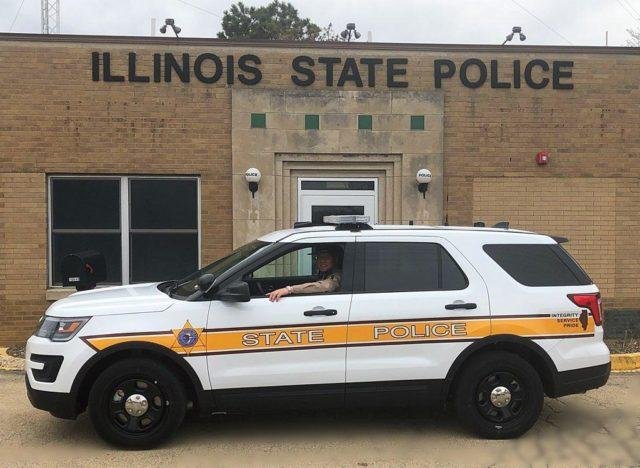CINCINNATI, Ohio — As youth curfew violations continue to decline across Hamilton County, Cincinnati officials are now weighing new strategies to revive enforcement — including reopening curfew centers that were discontinued years ago.
An analysis by the Cincinnati Enquirer found that curfew filings peaked in 2000 with 619 violations, but dropped to just 79 by 2024. In recent years, Cincinnati police have filed only a fraction of those cases. In 2022, they issued just 46 violations, marking a significant retreat from earlier decades when officers conducted mass curfew sweeps involving over 100 youth in a single night.
What Are Cincinnati’s Current Youth Curfew Rules?
Since the mid-1990s, Cincinnati has enforced a citywide youth curfew that restricts:
- Children under 16 from being in public after 10 p.m.
- Teenagers aged 16 to 18 from being out past midnight, unless accompanied by an adult.
But city officials say enforcement is challenging, especially when courts don’t treat the violations as serious offenses. During a July 23 City Council meeting, City Manager Sheryl Long explained that earlier court policies treated initial violations as unofficial “unruly charges.” Only repeat offenses were eligible for formal court review — a system that changed further in 2022, when nationwide guidance discouraged criminalizing minor curfew breaches that wouldn’t apply to adults.
“We’re exploring enforcement improvements,” said Long, who is working with the city’s legal department to clarify how children would be processed if the rules are enforced again.
City Looks to Past for New Ideas
Among the ideas being reconsidered are curfew centers, a model used during the 1990s and proposed again in 2015 in response to rising gun violence. These centers allowed police to drop off teens caught violating curfew, where recreation staff and police would supervise them until their parents could retrieve them.
However, the original centers were eventually closed due to:
- High staffing costs
- Concerns from police over their efficiency
- A finding that less than 4% of curfew violators actually ended up at the centers
In 2015, former Police Chief Jeffrey Blackwell suggested reopening such centers in Districts 4 and 5, but the plan was abandoned after public discomfort was voiced. Now, Sheryl Long is proposing a modern version that would not use recreation centers, to avoid linking those community spaces with negative experiences for kids.
Concerns Over Fairness and Equity
City leaders, including Vice Mayor Jan-Michele Lemon Kearney, emphasized that if curfew enforcement returns, it must be “consistent and fair across all neighborhoods.”
“If we do it, we’ll have to do it consistently and fairly,” Kearney said during the July 23 meeting.
No final decisions have been made, but the discussion reflects renewed urgency about youth safety during late-night hours — and the possibility of turning to tried-but-troubled solutions with a revised approach.
Full details from the Enquirer report can be read here.
What do you think about youth curfews? Are they outdated or still necessary for safety? Share your take at ChicagoSuburbanFamily.com.

